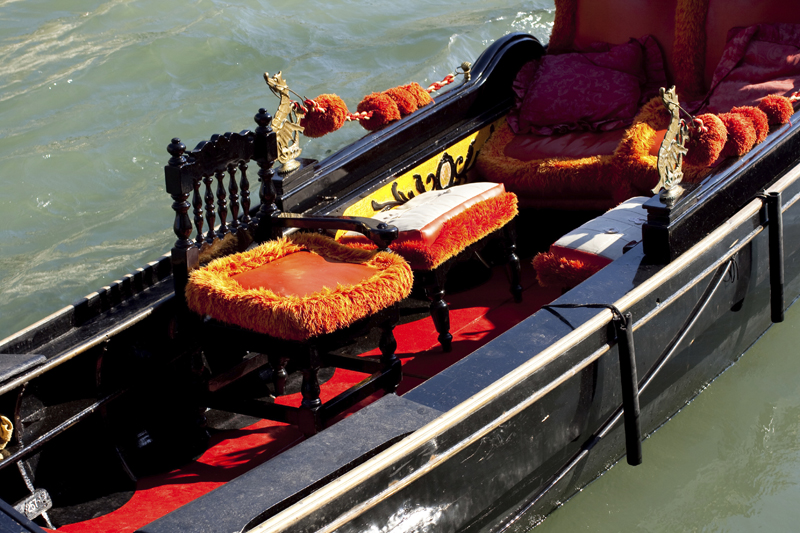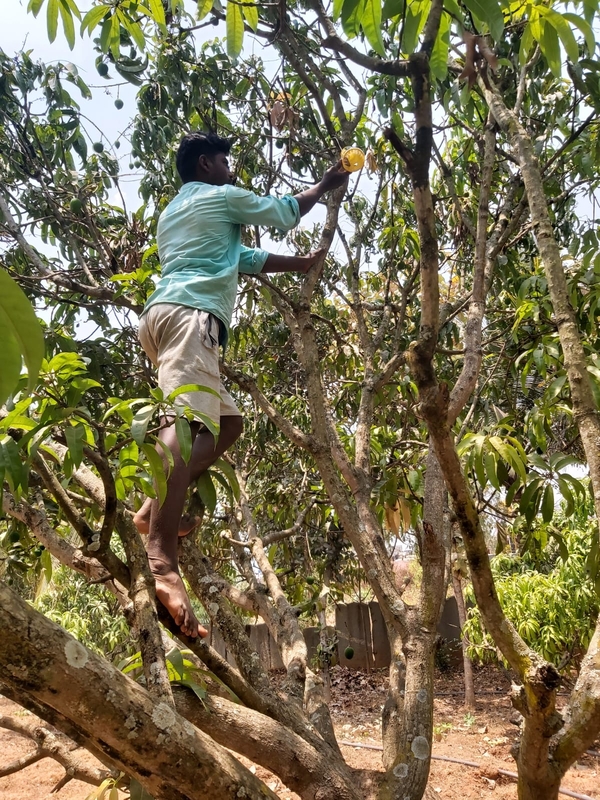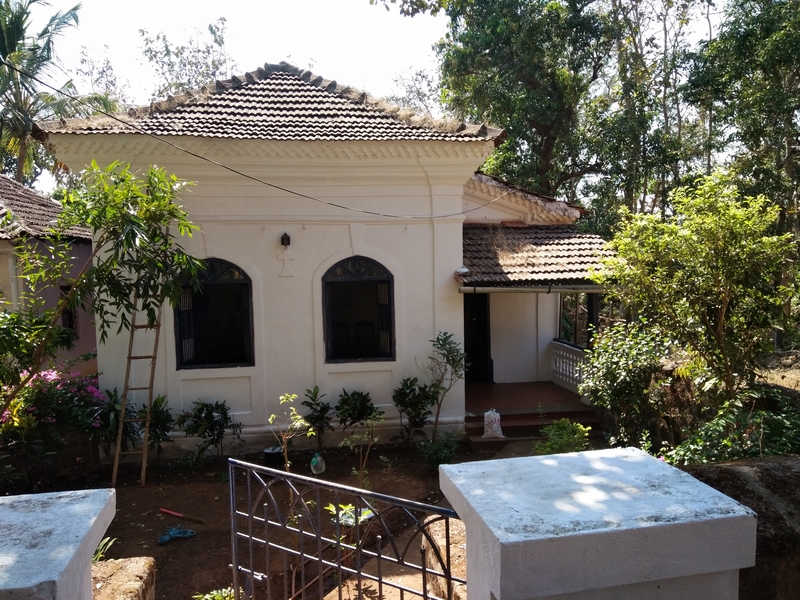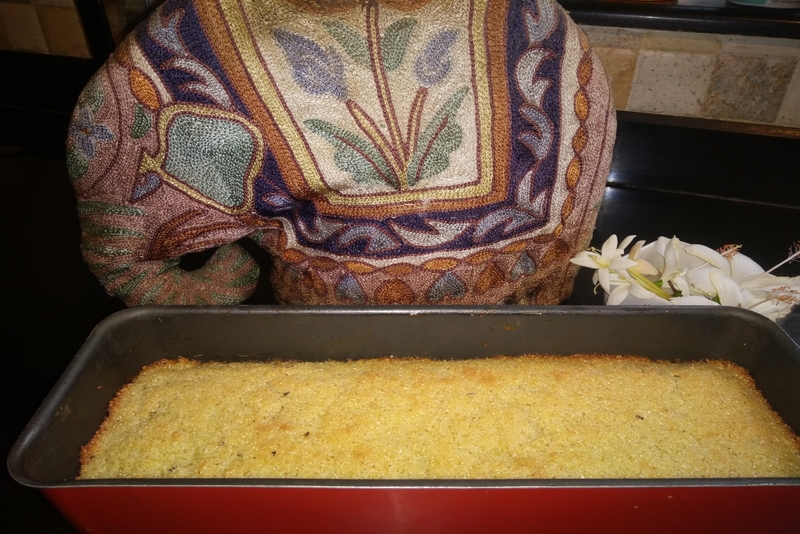Green and lush Kerala - in India

At the thought of a trip to Kerala, the catch phrase 'God's Own Country' flashes across ones conciousness. And it’s not empty advertising rhetoric,Kerala is a must see on every travellers itinerary. Cochin or the Queen of the Arabian Sea has been a city with strategic importance for centuries in India. Vibrant and pulsing with commerce over hundreds of years, Cochin is also referred to as the gateway to Kerala.
Looking at the history of Cochin, the Arabs, British, Chinese, Dutch, and Portuguese have left indelible marks on the history and development of the city. The flavours of all cultures have been left behind for us to enjoy. Over the years, Cochin has evolved into the commercial and industrial capital of Kerala and is perhaps the second most important city on the west coast of India after Mumbai. The city also enjoys a moderate equatorial climate being situated on the sea and also flanked by the Western Ghats on the east and the Arabian Sea on the west.
A must–see in Cochin is the Dutch Palace which was built by the Portuguese in the middle of the 16th century and finished by the Dutch before being presented to the Rajas of Cochin.Walk around and feast your eyes on the gorgeous mythological murals on the walls, particularly in the bed chambers. Check out the traditional Kerala flooring, which looks like black marble but is actually a mixture of burned coconut shells, charcoal, lime, plant juices and egg whites.
The famous Chinese fishing nets, locally known as Cheenavala, in the Cochin harbour date way back to the 12th century BC. Introduced by the Chinese explorer Zheng He, the beaches of Cochin are picturesquely lined with these Chinese nets, especially around the Vasco-da-Gama Square near Fort Kochi. Take pictures of the nets against the setting sun, they make great keepsakes of your holiday and watch how artfully six men work as a team, to use the net and get their catch of fish!
The grave-stone of explorer Vasco-da-Gama at St. Francis Church in Kochi is a major attraction, but after 14 years of his death, the remains were taken away to Lisbon in Portugal. The church has hardly any architectural merits except for its unusula tri compartment bell turret. Interestingly, one can find the gravestones of the Portuguese on the northern wall and that of the Dutch on the southern wall.
Take the chance to see Thekkady where India 's largest Wildlife Sanctuary is situated. The Periyar Wildlife Sanctuary is spread over an area of 777 Sq.Kms, surrounded by an artificial lake over an area of 25 Sq.Kms. Apparently this is India’s sole Tiger reserve, and Thekkady, with its bountiful treasures of tropical flora and fauna is the ultimate spot for a nature lover.The best time to see the animals are during the months of March, April and May when it is rather hot and most of the watering holes are dry. There are well run facilities for Trekking, elephant riding and boating on the placid Periyar lake built by the then British engineer of the Madras Presidency. During the winter months, cruising on the mist-shrouded lake you might happily spot Wild Boar, Sambar Deer, Wild Dogs, Langur monkeys and Elephants on its banks.
And then, there is no visit to Kerala without a trip to Kumarakom which slumbers on the banks of the famous Vembanad Lake.Famous for its panoramic backwater stretches, lush green paddy fields and beaches,we took a day’s trip across the Lake in a quaint houseboat which was a truly exhilarating experience. These backwaters are rich in marine life especially the exclusive Kumarakom Karimeen or spotted pearl fish, tiger prawns, crabs and prawn which we savoured fresh off the pan. We planned our trip to coincide with the harvest festival of Onam to take a cultural education as well.
Looking at the history of Cochin, the Arabs, British, Chinese, Dutch, and Portuguese have left indelible marks on the history and development of the city. The flavours of all cultures have been left behind for us to enjoy. Over the years, Cochin has evolved into the commercial and industrial capital of Kerala and is perhaps the second most important city on the west coast of India after Mumbai. The city also enjoys a moderate equatorial climate being situated on the sea and also flanked by the Western Ghats on the east and the Arabian Sea on the west.
A must–see in Cochin is the Dutch Palace which was built by the Portuguese in the middle of the 16th century and finished by the Dutch before being presented to the Rajas of Cochin.Walk around and feast your eyes on the gorgeous mythological murals on the walls, particularly in the bed chambers. Check out the traditional Kerala flooring, which looks like black marble but is actually a mixture of burned coconut shells, charcoal, lime, plant juices and egg whites.
The famous Chinese fishing nets, locally known as Cheenavala, in the Cochin harbour date way back to the 12th century BC. Introduced by the Chinese explorer Zheng He, the beaches of Cochin are picturesquely lined with these Chinese nets, especially around the Vasco-da-Gama Square near Fort Kochi. Take pictures of the nets against the setting sun, they make great keepsakes of your holiday and watch how artfully six men work as a team, to use the net and get their catch of fish!
The grave-stone of explorer Vasco-da-Gama at St. Francis Church in Kochi is a major attraction, but after 14 years of his death, the remains were taken away to Lisbon in Portugal. The church has hardly any architectural merits except for its unusula tri compartment bell turret. Interestingly, one can find the gravestones of the Portuguese on the northern wall and that of the Dutch on the southern wall.
Take the chance to see Thekkady where India 's largest Wildlife Sanctuary is situated. The Periyar Wildlife Sanctuary is spread over an area of 777 Sq.Kms, surrounded by an artificial lake over an area of 25 Sq.Kms. Apparently this is India’s sole Tiger reserve, and Thekkady, with its bountiful treasures of tropical flora and fauna is the ultimate spot for a nature lover.The best time to see the animals are during the months of March, April and May when it is rather hot and most of the watering holes are dry. There are well run facilities for Trekking, elephant riding and boating on the placid Periyar lake built by the then British engineer of the Madras Presidency. During the winter months, cruising on the mist-shrouded lake you might happily spot Wild Boar, Sambar Deer, Wild Dogs, Langur monkeys and Elephants on its banks.
And then, there is no visit to Kerala without a trip to Kumarakom which slumbers on the banks of the famous Vembanad Lake.Famous for its panoramic backwater stretches, lush green paddy fields and beaches,we took a day’s trip across the Lake in a quaint houseboat which was a truly exhilarating experience. These backwaters are rich in marine life especially the exclusive Kumarakom Karimeen or spotted pearl fish, tiger prawns, crabs and prawn which we savoured fresh off the pan. We planned our trip to coincide with the harvest festival of Onam to take a cultural education as well.

Related Articles
Editor's Picks Articles
Top Ten Articles
Previous Features
Site Map
Content copyright © 2023 by Marianne de Nazareth. All rights reserved.
This content was written by Marianne de Nazareth. If you wish to use this content in any manner, you need written permission. Contact Marianne de Nazareth for details.





 -resizeimage.jpg.jpg)

